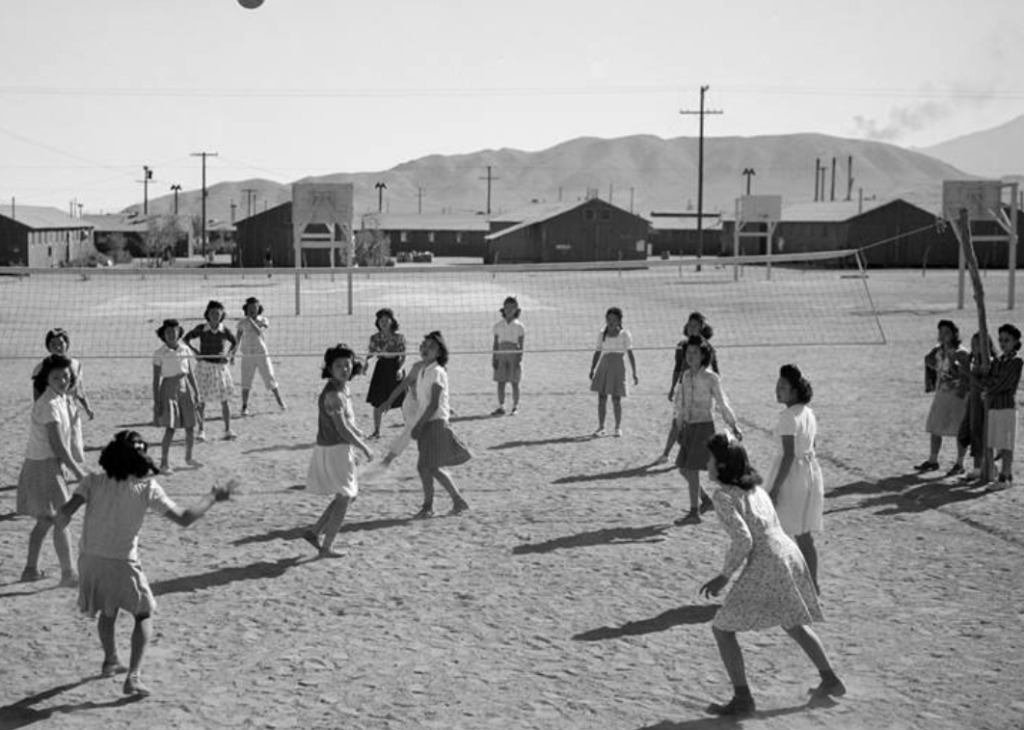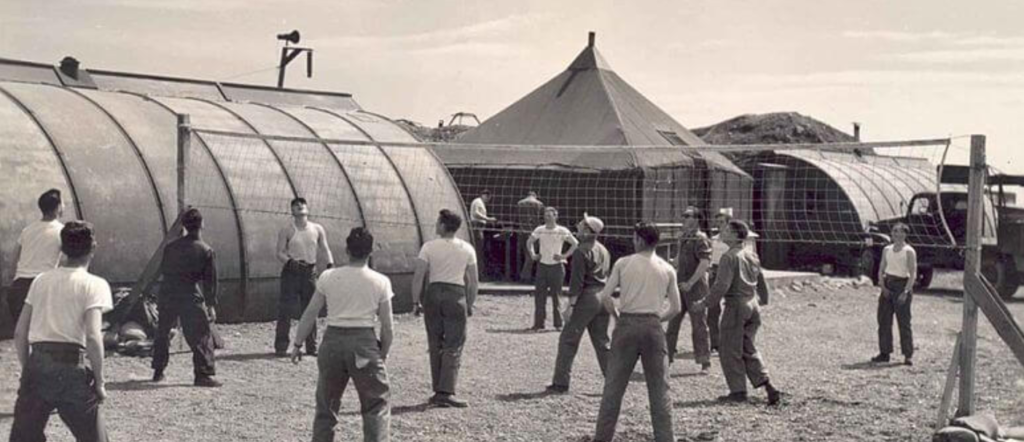The History of Volleyball
Volleyball has become one of the world’s most beloved sports, played across countries and continents and enjoyed by millions both recreationally and professionally. But its origins trace back to the United States in the late 19th century, where a YMCA instructor, William G. Morgan, designed the sport to meet the needs of his students. From its humble beginnings as a gentle alternative to basketball, volleyball has evolved into a dynamic and fast-paced sport with immense international appeal. This article explores the fascinating journey of volleyball from its invention in 1895 to its place in the modern sports world.
2. The Birth of Volleyball
In 1895, William G. Morgan, a physical education director at the YMCA in Holyoke, Massachusetts, sought to create an indoor sport that provided exercise without the physical intensity associated with basketball. Basketball, another sport that had been recently invented by James Naismith in 1891, was quickly gaining popularity but was deemed too strenuous for some participants, particularly older YMCA members.
Morgan combined elements of other sports to create a game that emphasized strategy and coordination over physical contact. He initially named the game “Mintonette,” as it involved volleying a ball back and forth over a net. The basic idea was to keep the ball in play for as long as possible by volleying it across the net, with minimal physical contact between players.
The First Set of Rules
The first rules of Mintonette were written by Morgan himself. The game allowed for an unlimited number of players on each side, and a match consisted of nine innings, with each team allowed three serves per inning. The net height was set at 6 feet 6 inches (compared to today’s men’s net height of 7 feet 11 5/8 inches), and the court measured roughly 25 by 50 feet.
Morgan’s creation was well-received within the YMCA community, and it wasn’t long before the sport spread to nearby YMCAs in New England. The game gained rapid popularity, and modifications to the rules followed as more people began playing.

3. The Evolution of the Name
In 1896, at a YMCA conference in Springfield, Massachusetts, the name of the sport changed from Mintonette to “volleyball.” An observer, Dr. Alfred T. Halstead, suggested the name change after noting that the primary objective of the game was to “volley” the ball back and forth over the net. The term “volleyball” perfectly captured the essence of the sport and helped it gain broader appeal as it was introduced to new communities.
With its new name, volleyball began spreading throughout the United States, aided by the YMCA’s extensive network. As it spread, players and instructors continued refining the rules to standardize the game’s play style, making it more structured and competitive.
4. Early Expansion and Development
Introduction to Schools and Universities
Volleyball quickly moved beyond YMCA gyms and into schools, universities, and community organizations, where it was adopted as a fun and inclusive activity for people of all ages. Colleges began introducing volleyball as part of their physical education programs, and the sport continued to gain popularity. By 1900, volleyball had expanded to Canada, thanks to the YMCA’s reach, and from there, it spread internationally.
The Formation of Volleyball Rules and the Rise of Competitive Play
As volleyball’s popularity grew, so did the need for standardized rules to maintain fairness in competitive play. Various rule modifications were made to refine the gameplay:
- In 1900, the standard volleyball, lighter and smaller than a basketball, was introduced.
- The game began adopting a three-hit rule, allowing teams to use up to three touches to return the ball over the net.
- Over time, the game was divided into sets instead of innings, a change that aligned volleyball with other sports like tennis, where sets determined the match outcome.

5. The Founding of the International Volleyball Federation (FIVB)
By the 1920s, volleyball had spread beyond North America, reaching Europe, Asia, and other regions. The sport gained popularity in Japan, the Philippines, and several European countries, each of which adopted volleyball and added its own influence to the game.
Recognizing the need for international oversight, the Fédération Internationale de Volleyball (FIVB) was established in 1947 to govern the sport globally. The FIVB set about standardizing volleyball rules and organizing international competitions, giving the sport a more structured presence on the world stage. The FIVB’s formation was a significant step, providing volleyball with the framework to be included in global sporting events.
Volleyball’s Debut at the Olympics
In 1964, volleyball made its debut as an official Olympic sport at the Tokyo Games. Both men’s and women’s volleyball tournaments were included, marking a milestone for the sport’s global recognition. The Olympic platform propelled volleyball into the international spotlight, attracting new fans and players worldwide.
6. Development of Beach Volleyball
Beach Volleyball’s Origins
Beach volleyball, a variation of traditional indoor volleyball, emerged in the 1920s on the beaches of Santa Monica, California. Initially played as a casual summer activity, beach volleyball gained popularity, and by the 1930s, it was being played in organized tournaments.
Growth of Competitive Beach Volleyball
In the 1960s and 1970s, beach volleyball began establishing itself as a competitive sport with professional leagues, tournaments, and cash prizes. The format typically features teams of two players on each side, requiring a different skill set and strategy than indoor volleyball. The FIVB eventually recognized beach volleyball as a distinct discipline, leading to its inclusion in the Olympic Games in 1996.
7. Modern Volleyball: Innovations and Technology
Advances in Equipment
Over the years, volleyball equipment has evolved to enhance player performance and game quality. Volleyballs were initially made of leather, but modern versions are designed for optimized aerodynamics and control. Net systems, court flooring, and even uniforms have undergone changes to improve safety and athleticism.
Role of Technology in Volleyball
In recent years, technology has played a major role in advancing volleyball. Innovations like video review systems and advanced statistics have made the sport fairer and more precise, particularly in competitive matches. Data analytics, performance tracking, and instant replays are now part of the sport, allowing teams to analyze gameplay in real time and make strategic decisions.
8. Key International Tournaments and Championships
Several major tournaments now define the competitive volleyball landscape:
- Olympic Games: The Olympics remain one of the most prestigious platforms for volleyball, where countries compete for gold in both indoor and beach volleyball.
- FIVB Volleyball World Championships: Held every four years, this tournament brings together the world’s top teams to compete for the championship title.
- Volleyball Nations League (VNL): The VNL is an annual competition launched by the FIVB, showcasing top-ranked teams in both men’s and women’s categories.
These tournaments, among others, showcase elite talent and allow fans worldwide to enjoy high-level volleyball.
9. Volleyball in the 21st Century
Today, volleyball is one of the most popular sports globally, with millions of recreational and competitive players across continents. Countries like Brazil, Russia, the United States, Italy, and Japan have become volleyball powerhouses, producing some of the most skilled players in the sport’s history.
READ MORE; Kansas Volleyball Roster
The Rise of Professional Volleyball Leagues
Professional volleyball leagues, such as the Italian SuperLega, Russia’s Super League, and the Japanese V.League, offer opportunities for players to compete at the highest level outside of national teams. These leagues have created stars of the sport, drawing large audiences and increasing volleyball’s visibility worldwide.
Emphasis on Inclusivity and Accessibility
Volleyball’s accessibility has made it a popular choice across different demographics and cultures. The sport’s adaptability for indoor, outdoor, and beach play allows people to enjoy it in various settings, from recreational leagues to school gyms to international arenas. Programs to introduce volleyball to youth and initiatives to make the sport accessible for people with disabilities have further broadened its reach.
Conclusion
From its invention in a YMCA gym to its status as an Olympic and international sport, volleyball’s evolution reflects the sport’s adaptability and global appeal. What began as a simple game to keep YMCA members active has become a dynamic, strategic, and highly competitive sport enjoyed by millions. With its rich history and constant innovations, volleyball continues to grow, captivating new generations of fans and players worldwide.
Leave a Reply